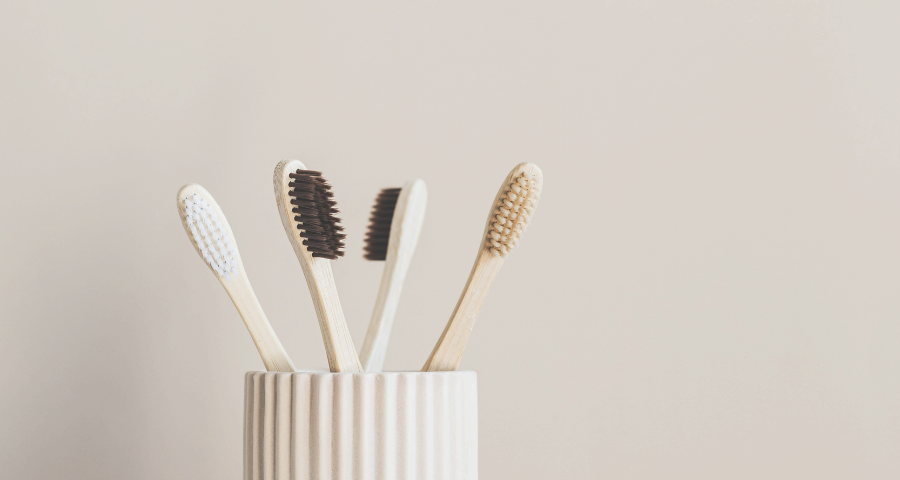At West Sahara Dental, we’re often asked about the best way to keep your smile sparkling clean. One of the most common questions revolves around a fundamental choice: manual or electric toothbrush? Both have their merits, and understanding the differences can help you make an informed decision for your oral health.
Let’s dive into the benefits of each!
The Classic Choice: Manual Toothbrushes
Manual toothbrushes have been around for centuries, and for good reason. They are affordable and accessible, generally costing much less than electric models and widely available in nearly any store. Their simple and straightforward design means there are no batteries to charge or settings to adjust. Just apply toothpaste and start brushing. They’re also travel-friendly thanks to their compact size and lack of electrical components, making them easy to toss into a bag without worry. Additionally, using a manual toothbrush can help develop proper brushing technique, giving users a better understanding of how to thoroughly clean each tooth surface. However, their effectiveness depends heavily on the user’s technique. Brushing with a manual toothbrush requires careful attention to timing, pressure, and angle to ensure all areas of the mouth are cleaned properly for the full two minutes.
The Modern Marvel: Electric Toothbrushes
Electric toothbrushes have gained immense popularity over the past few decades, offering a different and often more efficient approach to oral hygiene. They come in various types, including oscillating-rotating and sonic, each with unique mechanisms designed to enhance cleaning performance. Many studies have shown that electric toothbrushes, particularly the oscillating-rotating models, can be more effective than manual brushes at removing plaque and reducing gingivitis. Their rapid brush head movements help do much of the work for you, making it easier to maintain thorough oral hygiene. Most models come equipped with built-in timers, often set for two minutes with 30-second intervals to encourage even brushing across all areas of the mouth. For individuals with limited dexterity due to conditions like arthritis or carpal tunnel syndrome, electric toothbrushes offer a much easier and more effective brushing experience. Many also feature pressure sensors that alert users if they’re brushing too hard, helping to prevent damage to gums and enamel. Additionally, the interactive features and novelty of electric toothbrushes can make brushing more fun and engaging, especially for children, which often leads to better brushing habits. Although electric toothbrushes require an initial investment and ongoing charging, their long-term benefits for oral health can make them a worthwhile choice.
So, Which One Should You Choose?
Ultimately, the “best” toothbrush is the one you will use consistently and correctly. If you’re confident in your brushing technique, diligent about timing, and prefer a no-frills approach, a manual toothbrush can certainly maintain excellent oral hygiene. If you’re looking for an extra edge in plaque removal, want built-in guidance, or have dexterity challenges, an electric toothbrush might be a fantastic investment in your oral health.
At West Sahara Dental, we encourage you to discuss your brushing habits and preferences with our team. We can provide personalized recommendations and demonstrate proper brushing techniques, regardless of the type of toothbrush you choose.
No matter your choice, remember that consistent brushing twice a day for two minutes, along with daily flossing, is crucial for a healthy and beautiful smile!
